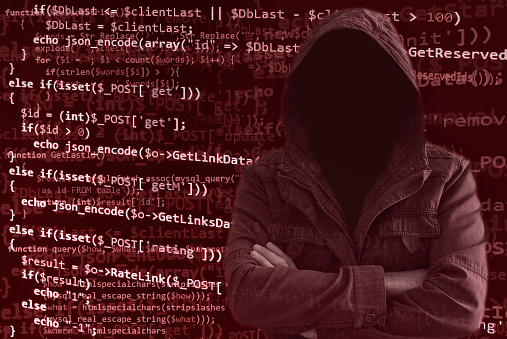By Dr. Rhonda Chicone
It is no secret that we have major cybersecurity issues in the world today – the news is sprinkled with high-profile corporate breaches, data exfiltrations that affect our national security, and identity-theft crime rings that target every one of us. We live in an interconnected society and our reliance upon technology only grows with the advent of smartphones and the Internet of Things (IoT), or nontraditional interconnected devices like refrigerators, TVs, and the like. Technology has made our society more productive and efficient at the things we do everyday; however, this increase also enables malicious individuals or groups to take advantage of us.
Security companies recognized this trend, especially over the last five years, and are jumping on the cybersecurity bandwagon by offering products, services and technical education to the general populace. While these products offer important services, we must step back for a moment and realize that prevention first begins with humans, not machines. Humans need to have the ability to understand or filter good security practices from bad ones. Just as a hardware or software firewall allows only authorized access and rejects all others. To be “human firewalls”, we must first understand the technology we use. This starts with awareness. The more we know about our technology and how to use it safely, the chances of human errors will decrease, and we can start to strengthen the weakest link at home and at work. We essentially become a solid line of defense against the cybercriminal.
Distrusting the Technology You Use is Not a Bad Thing
A good first step in becoming a human firewall is thinking differently about technology by shifting your thinking to “distrust” the technology that you use instead of inherently trusting it. An example is the “Cloud” – so many companies and individuals are using Cloud services, such as iCloud, Dropbox, Google Drive, etc., and many users are unaware of what the cloud is let alone differences in services. Several companies offer Cloud based services pre-installed on many machines we use every day; despite the ease of use, users are not required to use this technology.
Condition Yourself and People Around To Think Like Security Professional
A next step is to always think “Security-First” when using any technology. First, understand the purpose of the technology you want to use. Is it “necessary” to use it? If it is not necessary, simply don’t use it. If it is, think about what data you are providing to the technology. Are you using a particular technology for convenience? For example, free wireless hotspots are very convenient especially when travelling, but you should consider using Virtual Private Network (VPN) software to ensure all information being transmitted is safe and protected. If this is not an option, consider not using a Wi-Fi connection at all and opt to “wire in” using an Ethernet cable. To play it safe, buy a cable and take it with you if this is a concern. You can also consider using a personal wireless hotspot to ensure more secure browsing either using your smartphone or a dedicated device. This option provides you the ability to configure and secure the connection unlike public Wi-Fi or unknown wired networks.
Practice Good Cyber Hygiene
There are basic things you can do to protect yourself from a cyberattack.
- Make sure your passwords are at least 8 characters long and use special characters such as “!@#$%”. Don’t use personal information or full words in your passwords.
- Use anti-virus and anti-malware protection software on every machine including your smartphone and tablet.
- Be aware of “social engineering” attacks. Do not click links in untrusted emails, text messages, or chats until otherwise confirmed as safe.
- Backup your information daily.
- Email and text messaging does allow us to be more efficient when communicating, but consider balancing your technology. For example, use a phone to communicate.
To change our societal culture, everyone needs to do their part. It is time to become aware, ask questions, self educate and be cautious when it comes to the technology that you use. A “human firewall” may sound like another new IT buzz term, but consider being that strong line of defense against the bad guy.
Dr. Rhonda Chicone is a full-time faculty member at Kaplan University and has over 27 years’ experience in the software industry, taking on roles as a software engineer, software architect, engineering manager, vice president of engineering, chief technology officer, chief security officer, and president.







